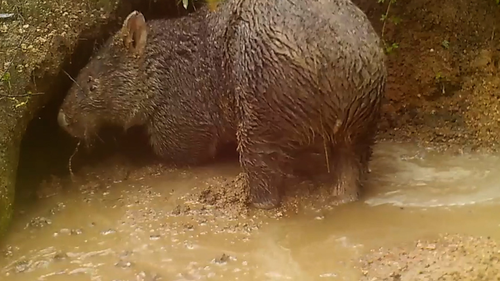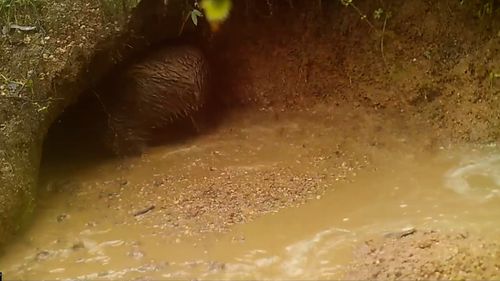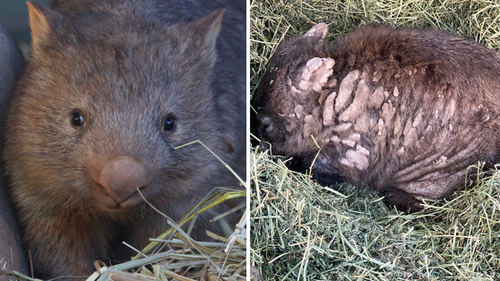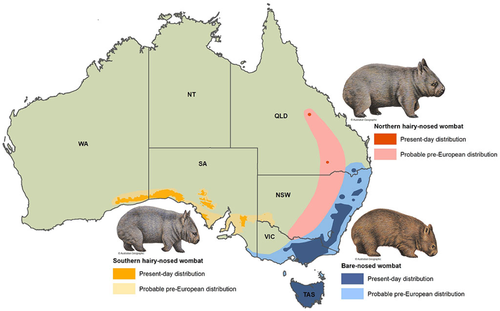WIRES said burrowing animals such as wombats, snakes and echidnas are amongst the worst affected when the heavens open.


“WIRES asks motorists to please be extra careful about wildlife on the roads in flood areas and between dusk and dawn when nocturnal native wildlife is most active.”
The wildlife rescue organization added that it’s impossible to estimate how many native animals have died or been displaced by the floods as the wet weather has not let up for months.
But one species in particular is having an extremely rough go of it.
A fatal combination of diseases such as mange, floods, habitat loss, and the Black Summer bushfires have taken a toll on wombat numbers nationwide.

The appeal to motorists comes as WIRES attempts to tackle the spread of the deadly disease mange, which is believed to affect 90 per cent of the population.
This highly contagious skin condition is caused by mites and causes itchy sores over a wombat’s body, leading to fur loss and eventual blindness.
“Those suffering from more severe cases of mange may often be seen out during the day due to crusty skin around the eyes impairing their vision,” a spokesperson explained, adding this leads to more encounters along roadways.
Read Related Also: Indiana man charged after caught on video throwing, punching puppy in Lincoln Park: Chicago police
There are two ways to treat the disease, the first sees a topical treatment directly poured onto a wombat. The second involves placing specially designed treatment releasing devices over burrows and tracks.
Australia has three species of wombat and WIRES claims all are “disappearing”.

The rarest, the Northern Hairy-nosed wombat, is deemed Critically Endangered by the International Union for the Conservation of Nature (IUCN) red-list of Threatened Species.
It is presumed extinct in NSW.
The Southern Hairy-nosed wombat is endangered in NSW and as such is deemed Near Threatened.
And the Bare-nosed wombat, also known as the Common wombat, is becoming less common due to habitat shrinkage.









